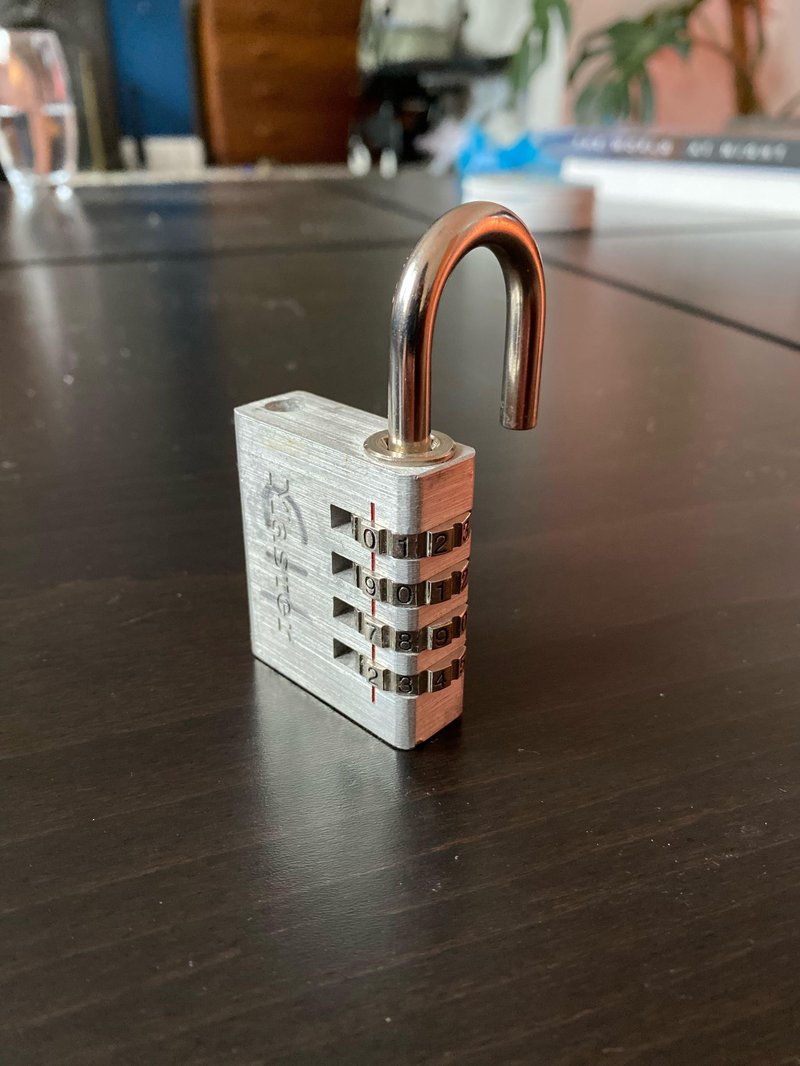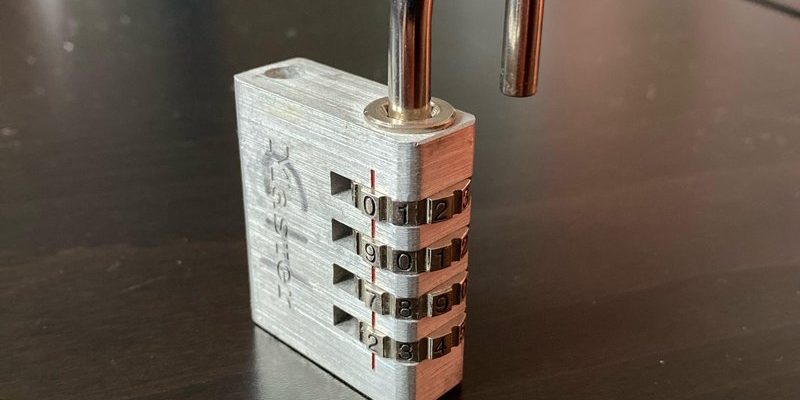
Smart locks, like those from August, Schlage, or Yale, are supposed to make life simpler. They’re designed to let you use a remote app or fob, maybe even sync up with your smart home hub, and never worry if you locked up before bed. So, when that setup turns into a stubbornly open deadbolt, it’s easy to feel a bit lost. Let’s go step by step to figure out why your smart lock is stuck open—and how you can get things working (and locking) again.
Why Smart Locks Get Stuck Open
You might be wondering: “Why does this even happen? Isn’t the whole point of a smart lock to work, well—smartly?” Here’s the thing: smart locks, whether they’re the latest Wi-Fi model or an older Bluetooth device, are still mechanical at heart. Underneath the circuit boards and wireless magic, they’ve got physical parts that can jam, wear out, or misalign. Sometimes the fix is as simple as a fresh battery; other times, you’ll need to do a deeper dive into troubleshooting.
Most often, a smart lock stuck in the open position comes down to a few basic issues:
- Battery power running low—the motor doesn’t have enough juice to move the bolt.
- Mechanical jam—something’s blocking the lock’s movement, like a misaligned strike plate or debris in the mechanism.
- Software glitches—a sync issue with the remote app or a firmware bug can stop the lock from receiving the “close” command.
It’s not always obvious which one’s at fault, so you’ll want to check each possibility, even if it sounds basic.
Check the Battery and Power First
Honestly, dead or dying batteries are the most common reason smart locks get stuck. If your lock’s acting sluggish or not moving at all, this is where you should start. Most smart locks—like those from August or Schlage—will flash a red light or beep if they’re running low, but sometimes those warnings go unnoticed.
Here’s what I suggest:
- Open up the battery compartment. Replace every battery, even if some look okay.
- Make sure you’re using the right type—some models (like Yale) want alkaline, not rechargeable lithiums.
- Once swapped, test the lock with your remote or smart app. Listen for a healthy, uninterrupted motor sound. If it still won’t budge, you know power wasn’t the issue.
If you’ve just changed the batteries and nothing improves, don’t panic. There’s probably another cause, but having fresh power rules one thing out.
Inspect for Physical Jams or Misalignment
Let me explain why the next step is all about the mechanics. Even the fanciest smart lock still pushes a metal bolt into a hole. If that hole (the strike plate) is crooked or blocked, the motor simply can’t force the bolt in or out. You might even hear a grinding sound or notice the lock trying and failing.
What should you look for?
- Check the door alignment. Doors can sag or swell—especially in humid weather—and knock the lock out of sync with the strike plate.
- Examine the strike plate. Is it loose, bent, or jammed with debris?
- Lock and unlock manually using the thumbturn or key. If it’s hard to move by hand, there’s a mechanical block—so fix that before blaming the electronics.
Sometimes, just tightening the screws on your door hinges or cleaning out the strike plate with a toothpick is enough to solve the stuck-open issue.
Resetting and Resyncing the Lock
If fresh batteries and a clear mechanism don’t help, you might be facing a software or pairing glitch. Remote smart locks talk to your phone or wireless hub. If the code that links them gets scrambled—maybe after a firmware update or a power interruption—the lock can freeze up, ignoring commands.
Try these steps to reset and resync:
- For most brands, press and hold the reset button (check the manual for exact timing—usually 10 to 20 seconds).
- Once reset, re-pair the lock with your app or remote, following the on-screen instructions.
- If your lock model updates firmware over Wi-Fi, check the app for any available updates and apply them.
This process often clears up “ghost” issues—like the lock thinking it’s closed when it’s really open, or refusing to respond to app commands.
Sometimes smart devices just need a “digital slap”—a reset to clear out old instructions and reconnect everything cleanly.
Double-Check Your Smart Home Connections
Modern smart locks often connect with other devices—home hubs, security systems, or even voice assistants like Alexa or Google Home. As convenient as this is, it adds more pieces that can break the chain. If your lock is stuck open and the app isn’t working, maybe there’s a communication breakdown somewhere along the line.
Here’s how to double-check:
- Restart your home Wi-Fi router and any smart hubs you’re using.
- Re-open the smart lock app. Try sending the “lock” command again.
- If you have the option, test the lock with Bluetooth (if available) instead of Wi-Fi, just to see if it’s a network issue.
Should the lock work fine with direct Bluetooth but not with Wi-Fi or your smart home system, the problem’s likely with your network—not the lock itself. That’s honestly more common than you’d think.
Manual Overrides and Emergency Unlocking
Here’s where a real-world example comes in handy. Let’s say you’re heading out, in a rush, and suddenly your August smart lock just won’t close. App’s frozen. Batteries are new. What now? Well, most smart locks come with a manual key override—a standard keyhole hidden under a plastic cover, or a mechanical thumbturn inside.
Always keep your backup key somewhere safe. If the electronics fail, you can at least secure your home the old-fashioned way. Some locks—like Schlage’s—let you remove the battery pack to force a manual reset, or even temporarily revert to “dumb” lock mode so you’re not stuck open.
If you’re renting or managing an AirBnB, and the lock is jammed open while guests are waiting, don’t hesitate to use the physical override. It’s a lifesaver.
When to Call for Help or Consider a Replacement
If you’ve followed every troubleshooting step—new batteries, checked alignment, reset the lock, updated the app—and the lock still won’t budge, it might be time for backup. Mechanical failure does happen. Motors burn out, gears strip, or circuit boards go bad. There’s no shame in asking for help.
Here are a few signs you should call a locksmith or the manufacturer:
- The lock makes grinding noises but never moves.
- You’ve reset everything and it still ignores commands from the app or remote.
- The manual key or thumbturn also won’t move.
If your lock’s under warranty, reach out to the brand’s support line—Schlage, August, Yale, or whoever made your device. Provide details about the troubleshooting you’ve tried, including any error codes or blinking lights. It could save you hours on the phone.
In some cases, especially with older models or locks that have been exposed to the weather, it may be easier (and honestly, safer) to replace the unit. Technology changes fast, and newer smart locks often solve problems that were common in older versions.
How To Prevent Your Smart Lock From Getting Stuck Again
Now that you’ve dealt with this annoying situation, let’s talk about making sure it doesn’t happen again. A little bit of regular maintenance goes a long way with smart locks.
Here are some habits to build:
- Replace batteries on a schedule. Don’t wait until the warning light blinks. Once every six months is a good rule of thumb.
- Check door alignment seasonally. Houses settle and doors shift—especially in climates with big temperature swings.
- Update your lock’s firmware whenever the app suggests it. New software often patches bugs that can lead to weird lock-ups.
- Keep backup keys handy and share them with trusted family or friends, just in case.
Think of it like car maintenance. A little attention now keeps things running smoothly, so you aren’t stuck troubleshooting in a panic later.
Wrapping Up: Getting Your Smart Lock Back to Normal
Dealing with a smart lock that’s stuck open is more than just an annoyance—it’s about your peace of mind at home. The good news is, most issues come down to simple fixes: fresh batteries, clearing out jams, or a quick reset. When you troubleshoot step by step, you take the guesswork out of repairing your lock and make it a lot less stressful, even for beginners.
Remember: smart locks are supposed to make life easier, not harder. A little patience, a Philips screwdriver, and your lock’s manual can solve almost any stuck-open problem. And if you ever need help beyond that, a locksmith or customer support can get you back to safe and sound. So go ahead—give that smart lock another try, and enjoy the feeling of a door that locks itself, just as it should.
